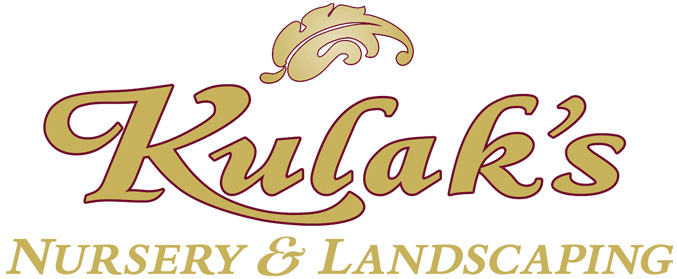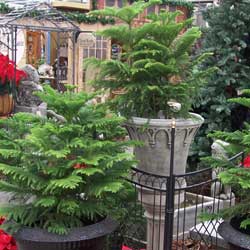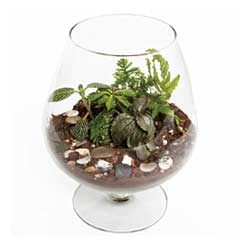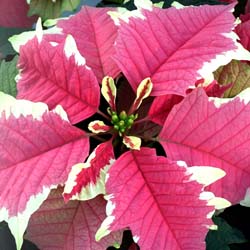Houseplants transform a house into a home, purify the air, promote relaxation and improve concentration. The ficus group includes four popular small trees grown as houseplants, each looking very different from one another, and each incorporating these and other great benefits.














